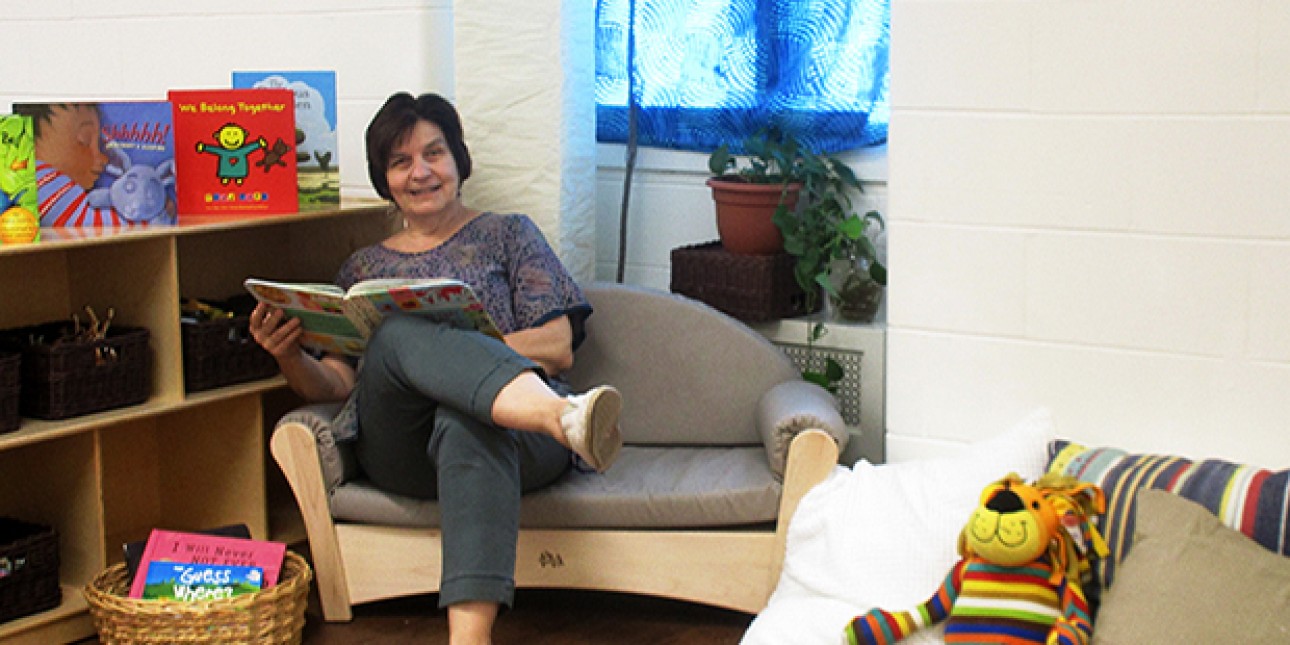July Message from Deb

What guides classroom changes?
I was pleased to see so many positive comments on the last Family Feedback Survey about classroom changes made over the last few years at PIC. It is an area where we have focused our efforts.
Some of the changes have been subtle—simple decluttering of spaces. Some have been more involved upgrades—replacing flooring, cabinets and countertops.
By far our most notable change this past year, has been the creation of two soon-to-open early learning classrooms in the Spruce Building. With a combination of private and grant funding, we transformed a space previously occupied by the younger children of our After School program into beautiful, bright, wide-open spaces for learning.
I can hardly believe that next week we will welcome children into our first new classroom, and that the second room will open in September.
All our changes, big and small, have been guided by the internationally-acclaimed schools of Reggio Emilia, Italy, and by more recent research.
The Reggio Emilia approach values the child as strong, capable and resilient; rich with wonder and knowledge. Every child brings with them deep curiosity and potential, which guides their understanding of the world and their place within it.
With Reggio Emilia, the “classroom environment is the third teacher” with great potential to inspire. Teachers and parents have profound influences on children’s learning. Of equal importance is the well-designed classroom.
Recent research has reinforced the importance of learning spaces and shown the impact of intentional, nature-infused, and aesthetically pleasing environments, especially for young children who spend a considerable number of hours each day in out-of-home spaces.
Some of the foundational principles that guide us are:
- Decluttered space and aesthetically-pleasing environments
Commercial decorations and materials displayed in more traditional classrooms can be overwhelming. Research shows that less clutter and a more organized display of materials calms young children, limits distractions, and promotes more focused attention. This features a neutral palette and the infusion of light, beautiful materials, natural objects, wooden furniture, and authentic materials. - Open-ended and intellectually-stimulating materials
Known as “loose parts” (often recycled objects), these materials deepen investigation by allowing children to design, manipulate, and create just about anything. Check out our Recycletaria in the Spruce building to see where classrooms often select project materials. - Well-developed, organized, and supplied learning centers
Blocks, dramatic play, books, art, and sensory play areas encourage the learning of science, literacy, and math concepts. - The use of “invitations”
Materials and activities presented in unique and interesting ways by teachers to promote problem solving and creativity. Ask a teacher about them! - Bringing nature into the classroom. Having a nature playground certainly helps here!
Personalized classroom cultures
Use of materials, photos, and books that represent the families in the classroom, along with displays that feature photos of children involved in their daily experiences.
Classroom design is just one of the ways we strive to be a leader in the early learning community. Each year, we welcome many professionals to learn more about what we are doing and gain inspiration for their own classrooms.
I am so proud to share the work that we do so that more children can have the same high quality learning experiences we offer at PIC!